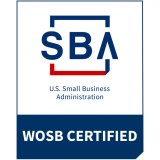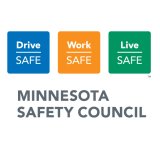


In the past, many companies mistakenly chose hearing protectors for their entire company based on one feature alone: The Noise Reduction Rating (NRR). Historically, conventional wisdom dictated that the more protection, the better, regardless of each employee's noise exposure, preference, and work requirements. It's long been known that too much noise exposure can cause permanent hearing loss. But now there is growing concern that too much noise attenuation (reduction) can be problematic, too.

According to OSHA, 80-90% of workplace noise exposures in general industry are under 95 dBA TWA. For these moderate noise environments, employees typically only need 10-15 dB of actual noise reduction to protect hearing. Overprotection occurs when a hearing protector reduces sounds to such low levels that it's difficult for the wearer to understand conversations and/or hear important sounds around them. An inability to communicate or detect warning signals can keep workers from performing their jobs safely and efficiently. Miscommunications or missed cues at best can lead to production errors and inefficiencies – at worst, accidents and injuries.
In the US, there is no formal recommendation for overprotection, but the National Institute for Occupational Safety and Health (NIOSH), has addressed the concern in various case studies and reports. In a 2005 hearing protector study, NIOSH stated: "Overprotection is a condition in which the worker receives more attenuation than necessary, and the worker's exposure is reduced to less than 70 dBA. Overprotection results in the reduction in verbal communication with other workers, the potential to miss safety signals, and reduced acoustic feedback from their machine or work process. Overprotected workers report being 'out of touch' with their environment or feeling isolated." The British Standards Institute and European Union jurisdictions recommend the ideal level of protection to be 70-80 dBA, while Canada promotes an ideal protected range of 75-80 dBA.
To learn more, check out this deep dive into Overprotection and potential solutions





